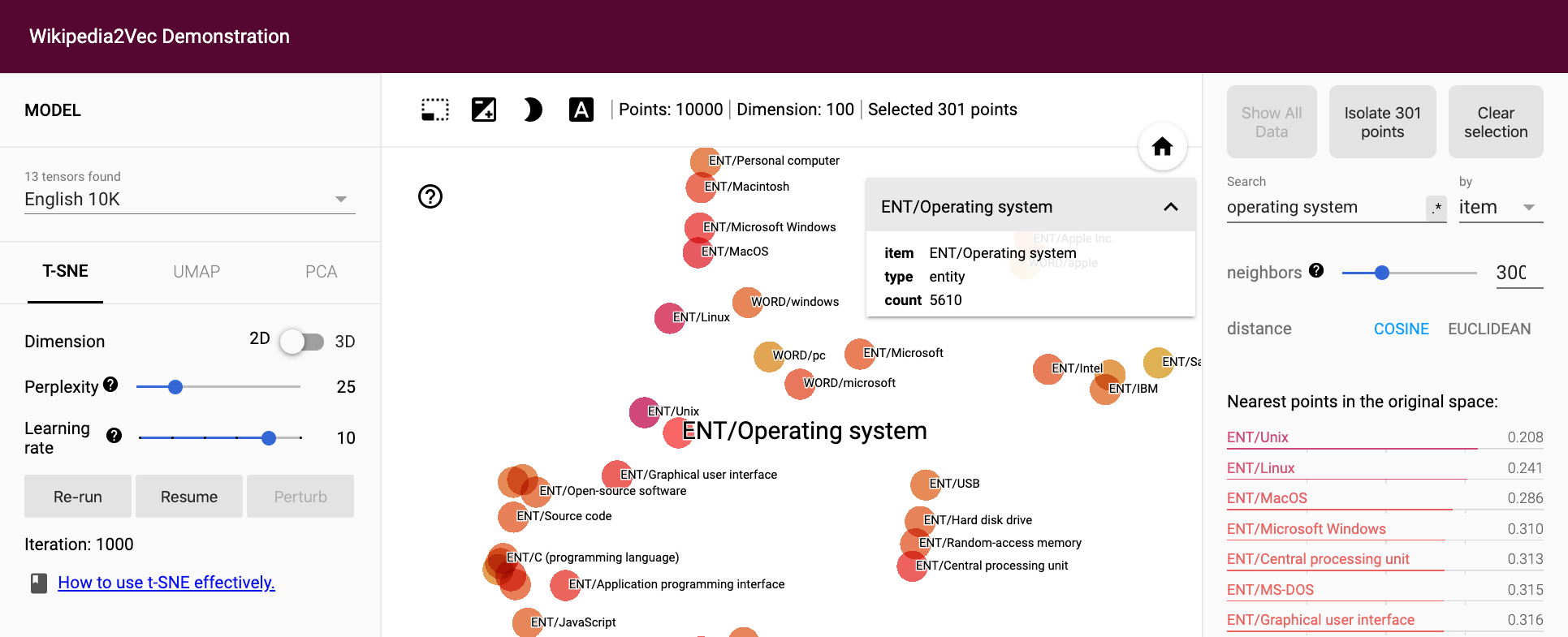Embedding Words in Non-Vector Space with Unsupervised Graph Learning
Max Ryabinin, Sergei Popov, Liudmila Prokhorenkova, Elena Voita
Machine Learning for NLP Long Paper

You can open the pre-recorded video in a separate window.
Abstract:
It has become a de-facto standard to represent words as elements of a vector space (word2vec, GloVe). While this approach is convenient, it is unnatural for language: words form a graph with a latent hierarchical structure, and this structure has to be revealed and encoded by word embeddings. We introduce GraphGlove: unsupervised graph word representations which are learned end-to-end. In our setting, each word is a node in a weighted graph and the distance between words is the shortest path distance between the corresponding nodes. We adopt a recent method learning a representation of data in the form of a differentiable weighted graph and use it to modify the GloVe training algorithm. We show that our graph-based representations substantially outperform vector-based methods on word similarity and analogy tasks. Our analysis reveals that the structure of the learned graphs is hierarchical and similar to that of WordNet, the geometry is highly non-trivial and contains subgraphs with different local topology.
NOTE: Video may display a random order of authors.
Correct author list is at the top of this page.
Connected Papers in EMNLP2020
Similar Papers
Modeling Global and Local Node Contexts for Text Generation from Knowledge Graphs
Leonardo F. R. Ribeiro, Yue Zhang, Claire Gardent, Iryna Gurevych,

Wikipedia2Vec: An Efficient Toolkit for Learning and Visualizing the Embeddings of Words and Entities from Wikipedia
Ikuya Yamada, Akari Asai, Jin Sakuma, Hiroyuki Shindo, Hideaki Takeda, Yoshiyasu Takefuji, Yuji Matsumoto,

Exploiting Structured Knowledge in Text via Graph-Guided Representation Learning
Tao Shen, Yi Mao, Pengcheng He, Guodong Long, Adam Trischler, Weizhu Chen,

